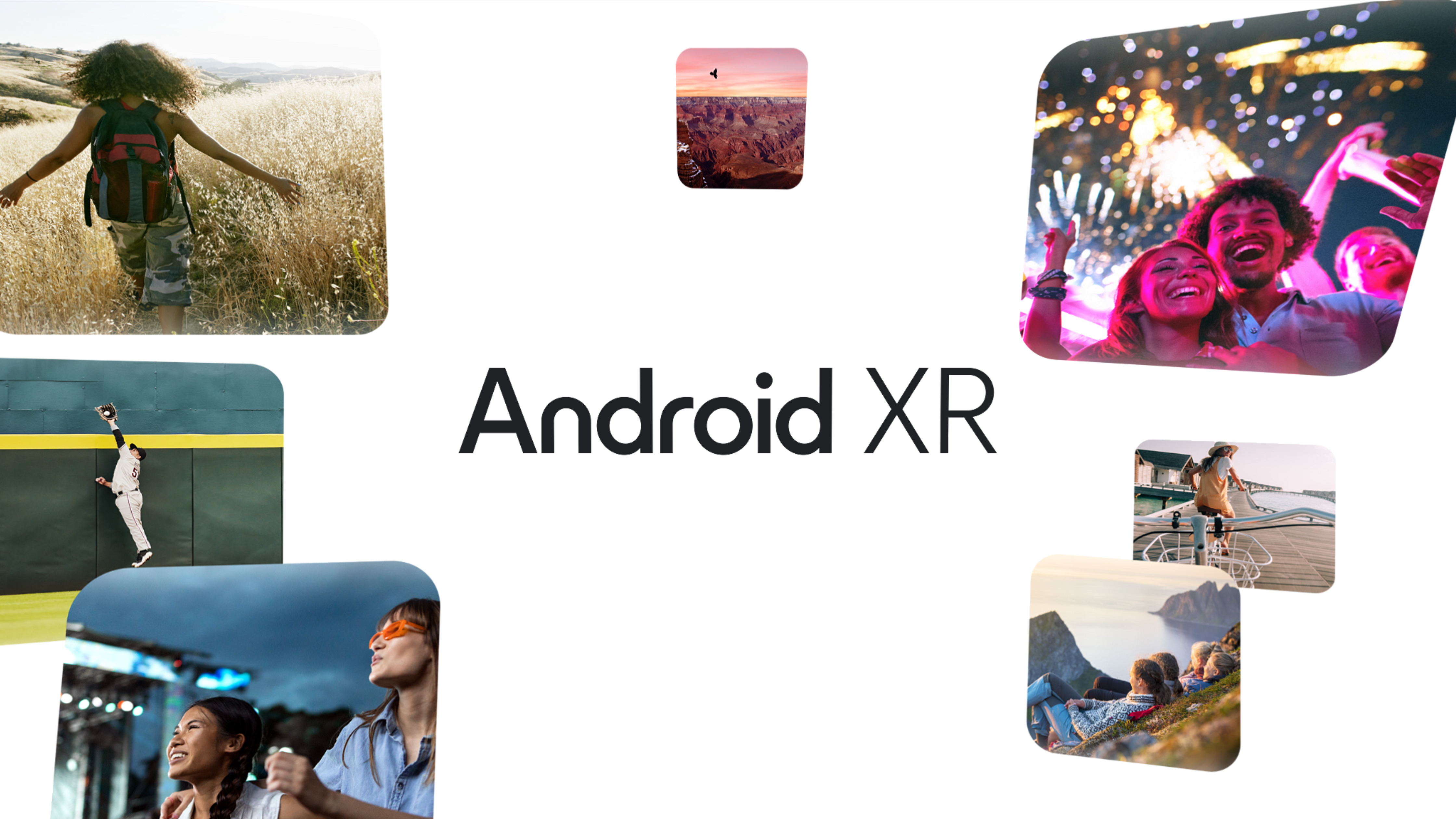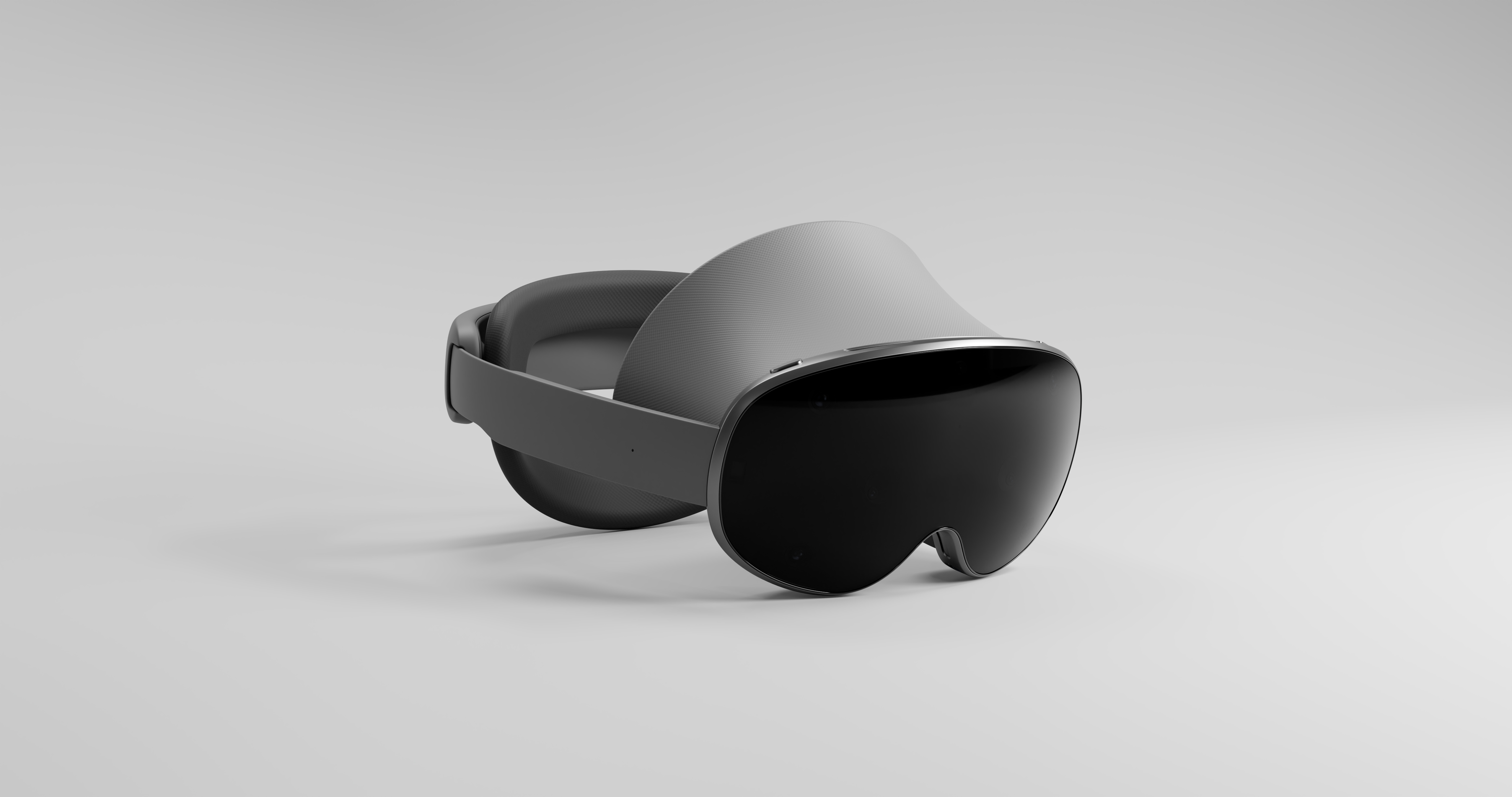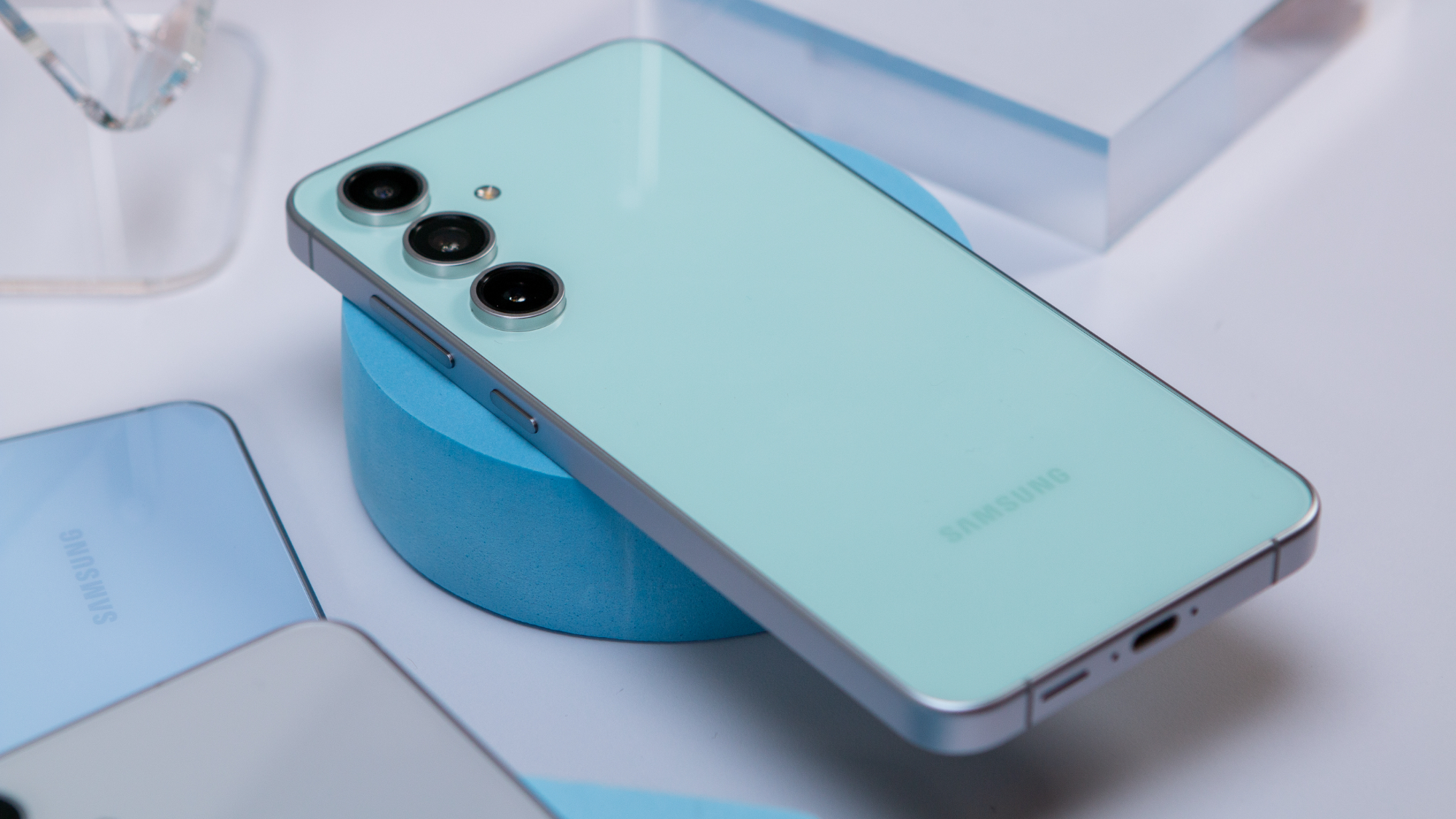Android XR is a new OS built with Gemini and made for VR, AR headsets and glasses
Oh, and Samsung is making the first Android XR device — a headset called Project Moohan.

What you need to know
- Google and Samsung partnered to create a new version of Android, called Android XR, that will power a new generation of extended-reality wearables.
- Android XR is launching today as a developer preview, and the first hardware products powered by the new OS are set to launch in 2025.
- Samsung will make the first headset powered by Android XR, condemned Project Moohan, next year.
Three years ago, Google and Samsung teamed up to build a new software platform for wearables: Wear OS. Now, the developer of Android and the largest Android manufacturer are joining forces once again to build a new operating system from the ground up. It's called Android XR, and with Gemini at the core, Google and Samsung think it'll be the foundation for the next generation of extended-reality wearables.
Android XR is available starting today, Dec. 12, as a developer preview. While the first hardware product running Android XR won't be available to consumers until next year, developers are getting an early look at the latest version of Android. The Android XR developer preview supports dev tools like ARCore, Android Studio, Jetpack Compose, Unity, and OpenXR. Additionally, since the Android XR SDK is built on the foundation of Android, most apps on the Google Play Store will be automatically available on Android XR.
Android Studio and the Android XR Emulator will give developers a head start on building for the upcoming platform. Google and Samsung, entering the XR market relatively late, likely want to avoid the struggles Apple faced when it launched visionOS earlier this year. It only had 600 native apps available when visionOS debuted. The Android XR developer preview could help the companies avoid growing pains, but wanting developers to build for an unknown platform with many hardware unknowns could prove to be a tall ask.

The operating system will first debut on mixed-reality headset, and Samsung will be the first manufacturer to ship an Android XR device. It's codenamed Project Moohan, and bears a striking resemblance to another expensive headset. Android XR headsets, like Project Moohan, will provide both immersive experiences and extended-reality experiences. For example, you might watch a movie completely immersed, and later use an Android XR headset to interact with your real-world environment with Gemini.

Eventually, the multimodal interaction provided by Gemini in Android XR will be available in a glasses form factor. Google says it wants glasses to be available for "all-day help," and crucially, hopes to build an ecosystem of "stylish, comfortable glasses you'll love to wear every day and that work seamlessly with your other Android devices."
Google has a pair of prototype glasses in the works, and some people outside the company will soon get the privilege of trying them out. The company announced Gemini 2.0 a day prior, and with it the Project Astra trusted tester program. There's a Google Form for users to sign up for a waitlist, and as part of the form, Google asks if you're interested in "using prototype glasses."
If these prototype smart glasses are anything like Meta Orion, they could be far out from a public release. Additionally, they might not be released at all — part of the Android XR platform is building up an ecosystem of hardware products with partners like Samsung, Qualcomm, Lynx, Sony, and XREAL. Google might not end up being the one to release a headset or glasses, but it'll certainly be the steward of Android XR.
Be an expert in 5 minutes
Get the latest news from Android Central, your trusted companion in the world of Android

For now, Android XR is just a preview of what the next Android platform might become. If Google and Samsung succeed, Android XR could become a vibrant ecosystem like Wear OS and Android Auto before it. We'll learn more about Android XR hardware in 2025, and you can learn more about the OS for yourself here.

Brady is a tech journalist for Android Central, with a focus on news, phones, tablets, audio, wearables, and software. He has spent the last three years reporting and commenting on all things related to consumer technology for various publications. Brady graduated from St. John's University with a bachelor's degree in journalism. His work has been published in XDA, Android Police, Tech Advisor, iMore, Screen Rant, and Android Headlines. When he isn't experimenting with the latest tech, you can find Brady running or watching Big East basketball.
You must confirm your public display name before commenting
Please logout and then login again, you will then be prompted to enter your display name.
